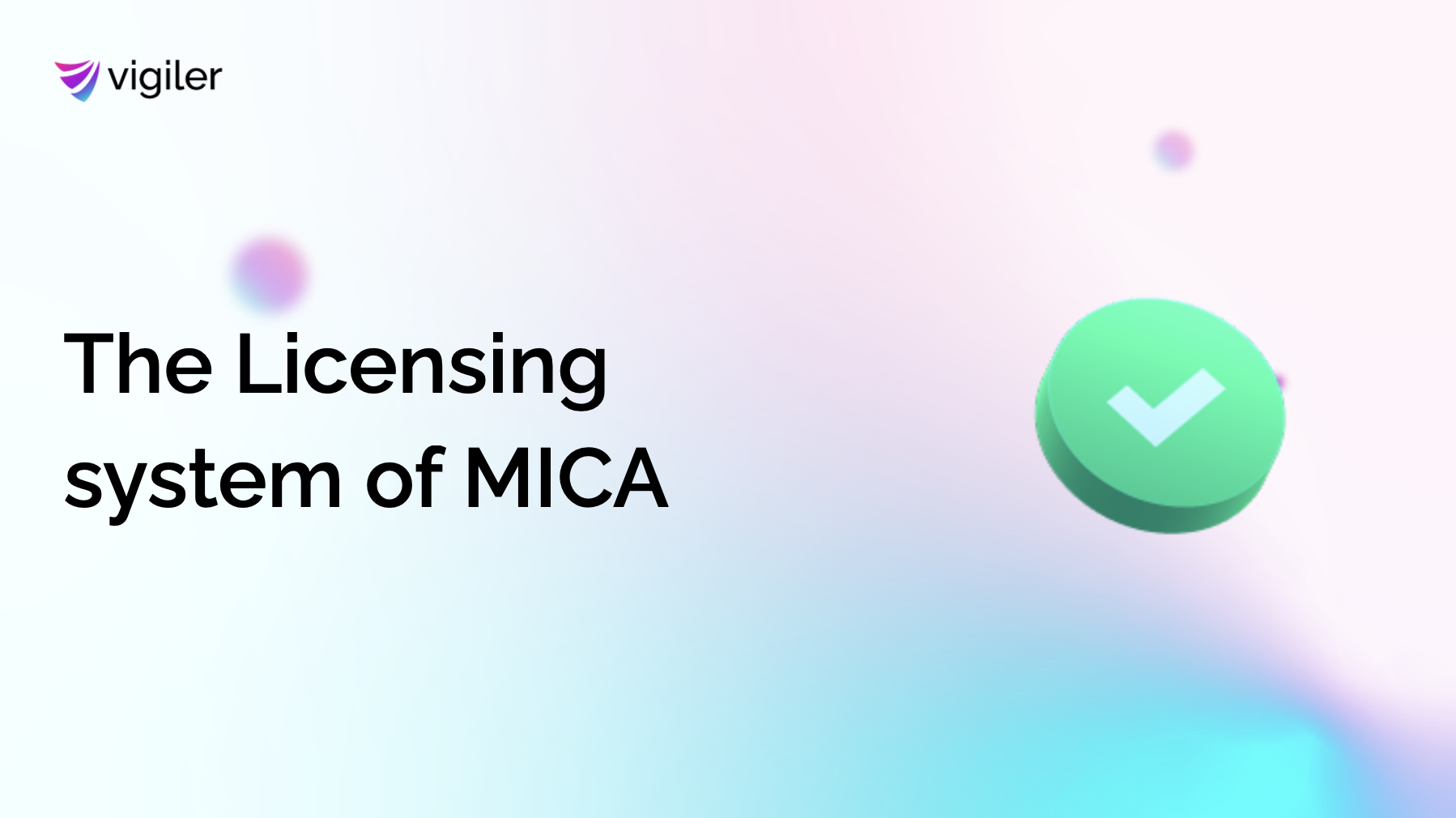The European Union has recently agreed on the most comprehensive cryptocurrency regulation in the world. EU policymakers will determine precisely in the upcoming months how these rules will be implemented and enforced, but the fact that the regulation will provide clarity on how businesses should operate in one of the world’s largest markets is great news for the industry.
The Markets in Crypto Assets Regulation (MiCA) provides a consistent authorization system across the EU. This means that companies providing cryptocurrency-related services, or CASPs (crypto asset service providers) as EU regulators call them, will no longer need to be licensed by each EU country to provide services to its citizens. Although details are yet to be finalized and published, industry reports have already outlined some of the key elements of the agreement.
First, some crucial remarks about who the MiCA applies to:
The MiCA applies to all cryptocurrency-related businesses that intend to operate in the EU, regardless of where they are established. This differentiates the EU regulation from other jurisdictions, such as the United Kingdom, which currently allows crypto businesses based in other countries to provide services to residents without a license in the UK.
It is worth mentioning that the MiCA does not currently provide regulation on DeFi protocols, although DeFi rules are expected to be developed within 18 months of the MiCA coming into force (expected by December 2022 or early 2023).
However, the MiCA may include certain rules for NFTs and marketplaces that have a higher degree of substitutability, for example because they are part of a collection. In such a case, NFT marketplaces (trading platforms) offering these types of NFTs will be required to obtain authorization under the MiCA.
In addition to obliging cryptocurrency businesses to follow licensing rules similar to the ones of conventional financial institutions: suitability tests for managers, capitalisation and ongoing disclosure requirements. The MiCA also imposes liability on platforms for preventable losses to clients resulting from hacking or operational failures. It also sets out additional rules for specific types of cryptocurrency businesses.
Stablecoin issuers
The rules for stablecoin issuers that are supervised by the European Banking Authority (EBA), will include a mandatory right of redemption, a physical presence in the EU and setting a reserve for minimum liquidity levels. There will also be specific rules for certain types of stablecoins, including asset reference tokens, which are the combination of several currencies or any other value (fiat, cryptocurrency, commodities or a combination of these) and e-money tokens (tokens backed by a single fiat currency).
The “major” stablecoins (it is still unclear which coins qualify, although it is expected that leading players such as Tether and USDC will be included) will be limited to a transaction volume of €200 million per day. It is not yet clarified whether the upper limit applies to all transactional activity or only for those that are linked to the EU market in some way, such as stablecoin transactions completed by European residents. Regardless of how it will be enforced exactly, such a limit would drastically change the way stablecoins are used – and just to be clear: on the 1st of July 2022, Tether’s 24-hour trading volume worldwide was $53.5 billion.
Market manipulation
The draft of the MiCA also projects the world’s first explicit rules defining and prohibiting specific forms of market manipulation involving digital assets, although other jurisdictions have argued that prohibitions originally applicable to other assets, such as commodities, already apply to digital assets.
Activities that may be considered as forms of market abuse by the MiCA may include:
• Insider trading: the use of non-public information to benefit from cryptocurrency trading.
• Wash trading: Artificially inflating the transaction volume of an asset or marketplace by performing transactions in which the seller is on both sides of the trade, for example selling an asset to themselves.
• Front running: Using advanced knowledge of upcoming trades to take advantage of price movements resulting from these trades. Some traders use bots to front-run trades for milliseconds before confirmation on the blockchain, which is particularly problematic on the Ethereum blockchain where front-running bots can increase gas outputs. This is meant to ensure that their trades are confirmed before the trades already submitted by more honest users.
Environmental disclosure obligations
Finally, MiCA urges companies, especially token issuers, to declare their environmental and climate impact. Environmental impact has been an issue of debate in cryptocurrencies for a long time now, as the consensus mechanism of popular blockchains such as Bitcoin Proof-of-Work (PoW) results in high energy consumption as miners compete to mine new blocks. There were rumours earlier that the EU could ban the PoW consensus mechanism, which would practically ban the use of bitcoin and completely disrupt the industry. Fortunately, this has not happened, although the European Commission may soon produce a report on the environmental impact of cryptocurrencies and the minimum sustainability requirements for consensus mechanisms.
